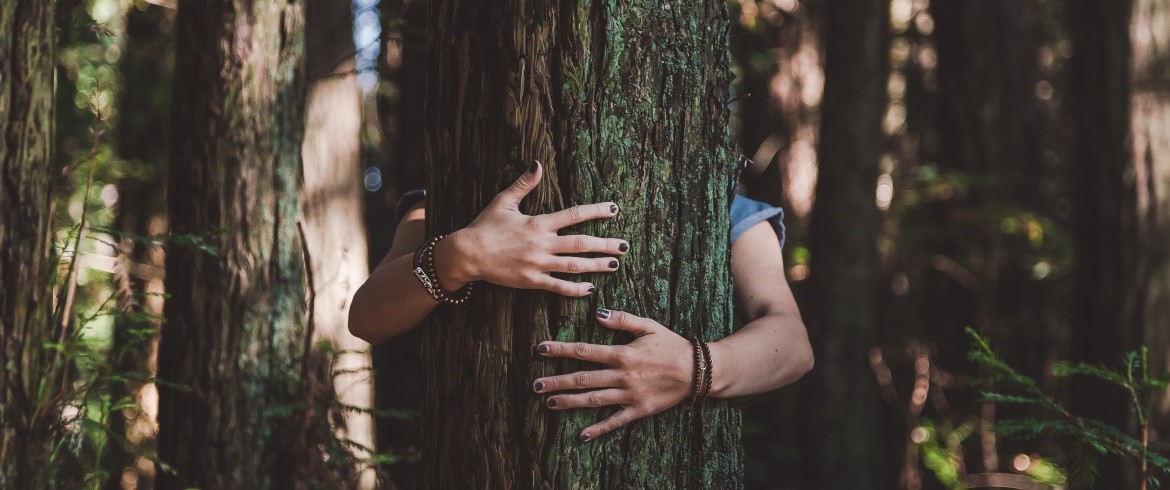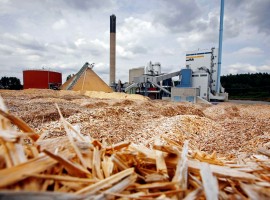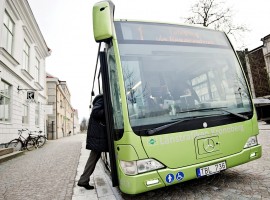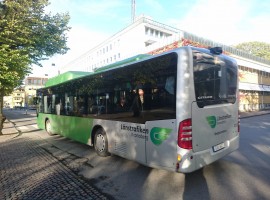Växjö is the city that decided to fully embrace sustainability. Everybody, from industries to the district and single citizens, decided to let go of fossil fuels and to prefer clean energy instead.
We’ve already travel far and wide to discover the cleanest capital cities around the world, the road-free city and the one aiming at becoming the first car-free city. But today our destination is Växjö, the city in Sweden boasting the Queen of Sustainability title.
Växjö says NO to fossil fuels
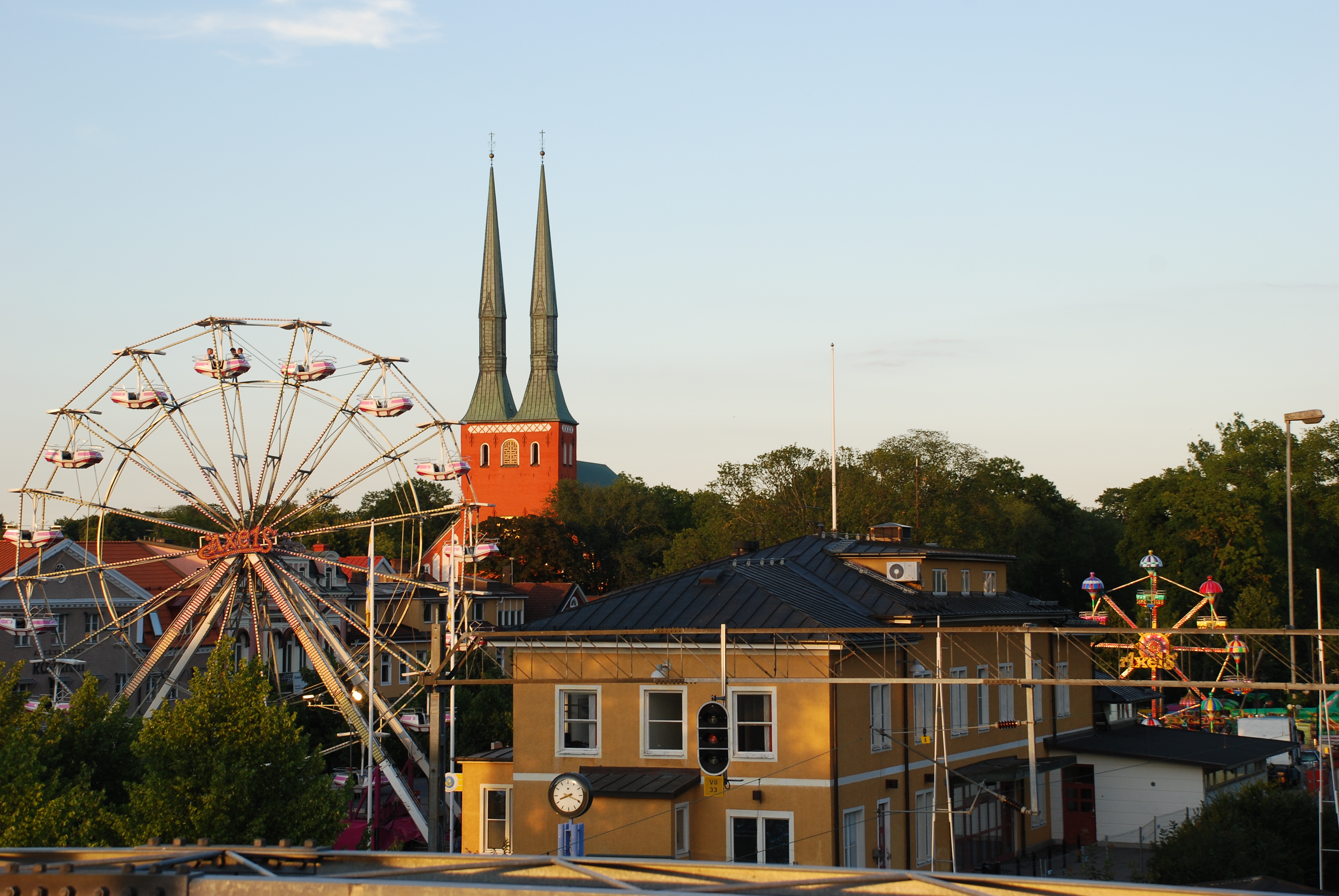
In 2007 the Swedish city of Växjö, in the Småland region, achieved probably its greatest goals: it was prized by the European Unions for its mission in supporting sustainable energy. The programme is named Fossil Free Växjö, summing up in just 3 words everything the municipality, along with the citizens, aims at: to improve energy efficiency all over the city and to find new solutions for clean energy production.
This project was born in the 70s, when the lakes just outside the city were cleaned up, making the area suited for swimming and underwater life. After this, it was the biomass’s turn: being the surrounding area of Växjö full with dense woods, wood started to be used for heating and electricity. Little by little, the whole city is giving up using fossil fuel for transport, industries and homes and is adopting new sustainable resources (such as biomass for example). Växjö wants to be totally independent from fossil fuels before 2025, but major results are already evident: back in 2006 CO2 emissions per person dropped of 30% compared to those of 1993. The real question now is: how did it do it?
- Växjö invests in biomass, photo by John McConnico
- Buses using biogas from food waste, photo by Erik Martensson
- Photo by stillbild via flickr
Wooden scraps from the forest provide the city with 90% of the heat quantity it needs and with 25% of the one of power. This is made possible by a combined heat and power plant, which generates both mechanical (and so electrical) energy and heat. The only wood used is the one of branches and tops from trees cut for furniture production, usually the one of the giant business of Ikea. Ashes are then brought back to the woods to fertilize the soil. The rest of heat and power needed comes from local solar, wind and water plants, from biogas and other national plants.
Soft mobility is always encouraged. First, city buses use biogas from organic food waste to circulate. And citizens are invited to walk or use the bike instead of using cars.
Bio-architecture is another cornerstone in Växjö: passive houses, energy efficiency and wood… they really do everything to be sustainable. In every house, supermarket and canteen the food is biological and locally grown, so that local economy also benefits from these choices.
Eco-sustainability: if shared, it’s better!

The decision to give fossil fuels up was taken unanimously in 1996, but they idea was born in 1991. Now we can say it, Växjö is a real pioneer of sustainability. What makes it so special though, is the fact that it is a shared choice.
Everyone in Växjö feels part of the project: sustainability involves every single citizen and every choice they (and we) make. This is surely another cornerstone of the Fossil Free project: what do we buy, how do we use transport, when and how do we turn the heat on… Each citizen must contribute if we want a real change, said the mayor of Växjö in an interview to The Guardian.
Växjö is also help by political unity on sustainability: all parties agree on the need to act against climate change, allowing good decisions to be taken quickly.
Växjö is a small gem respecting the environment under every aspect. If you pay a visit, don’t forget to look for one of Ecobnb’s green structures!
